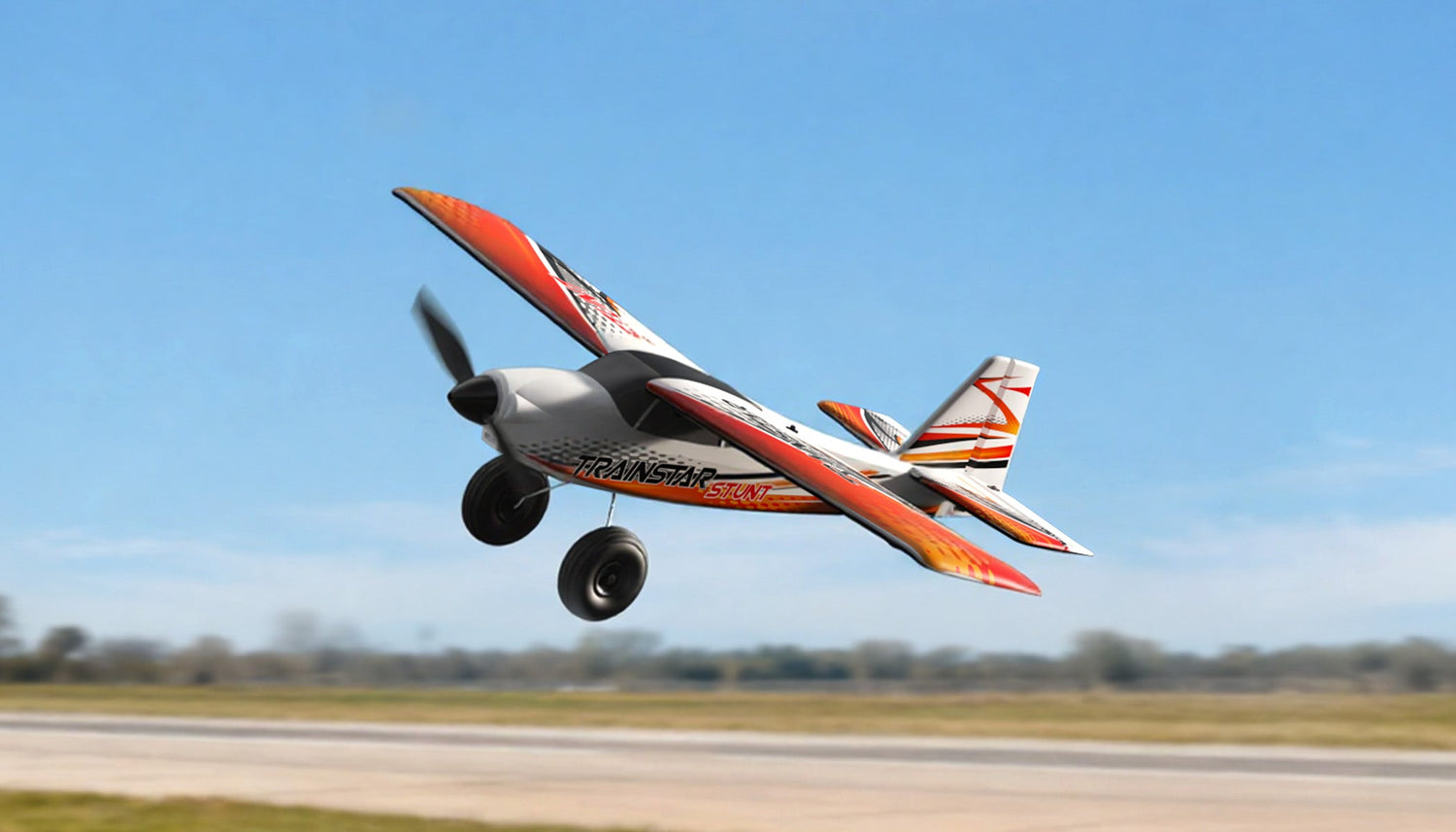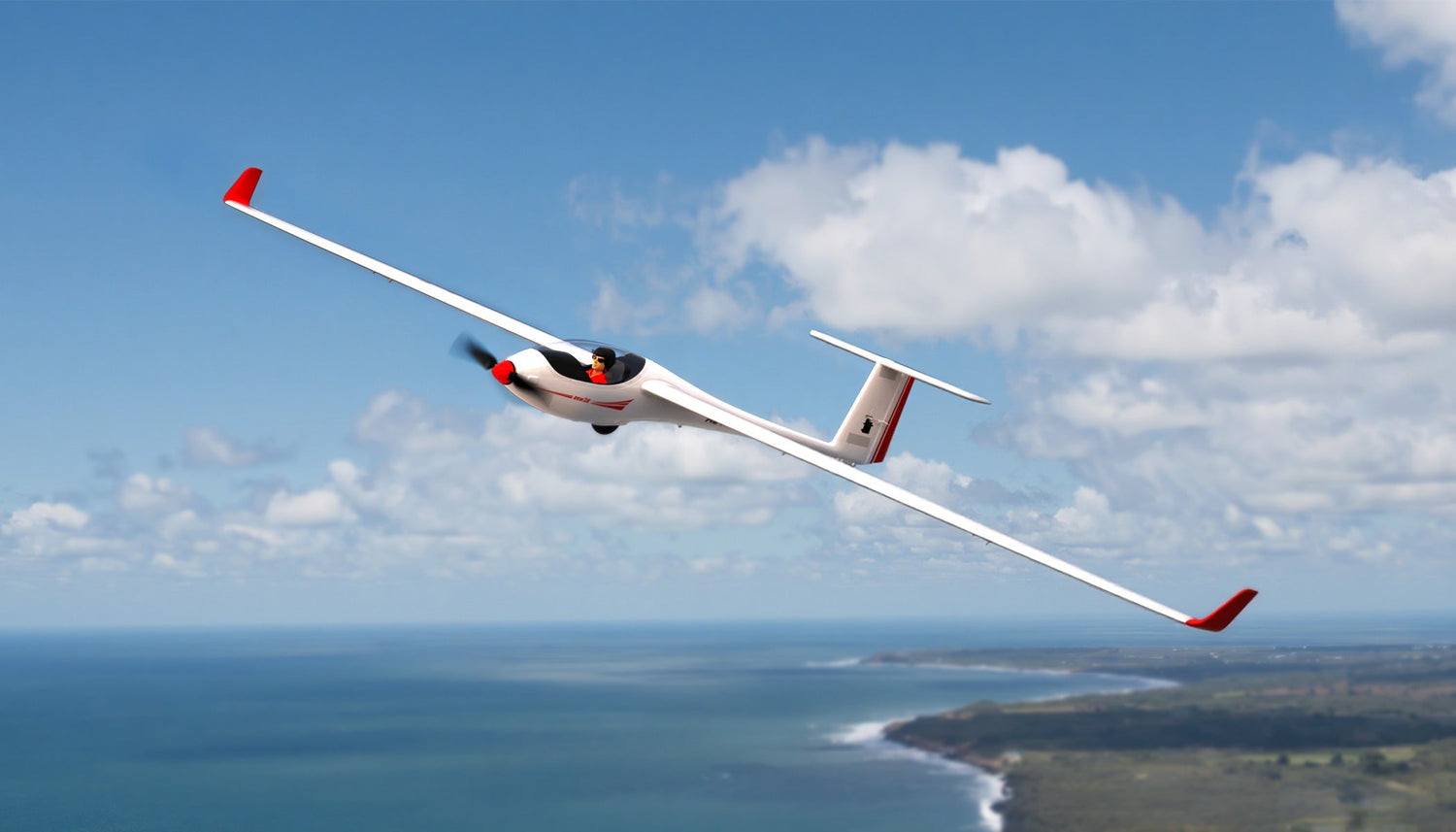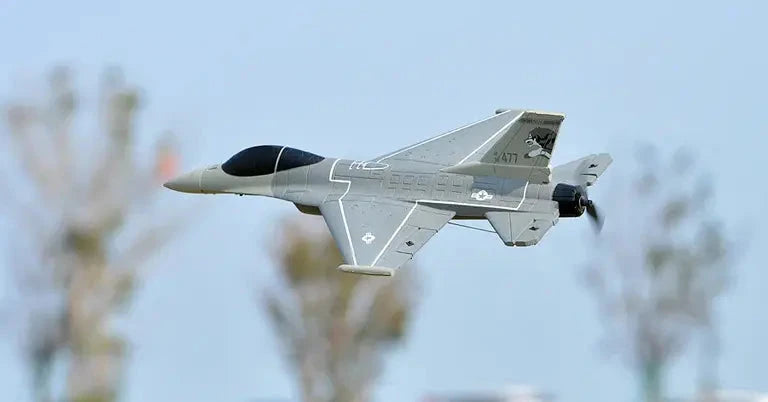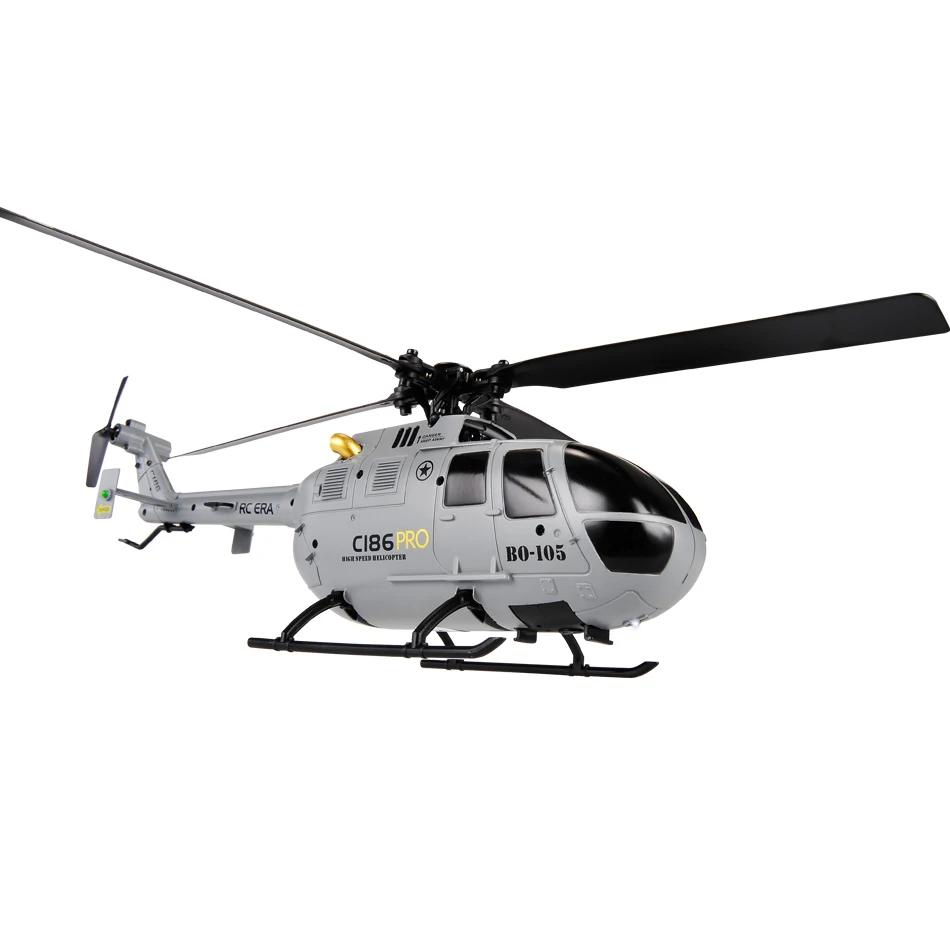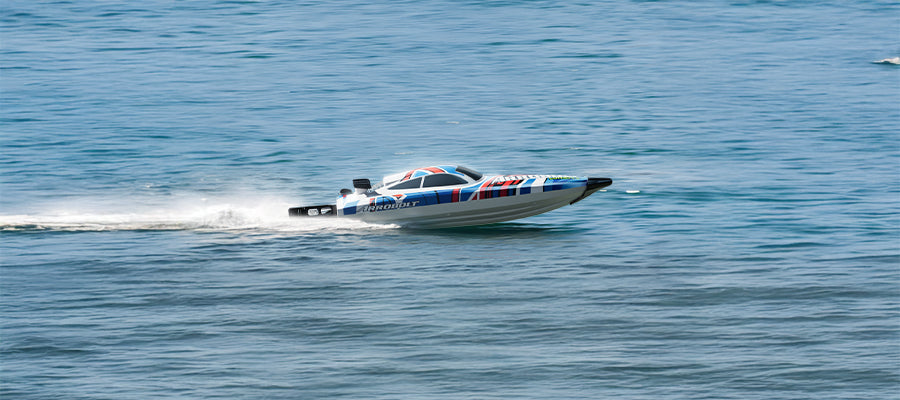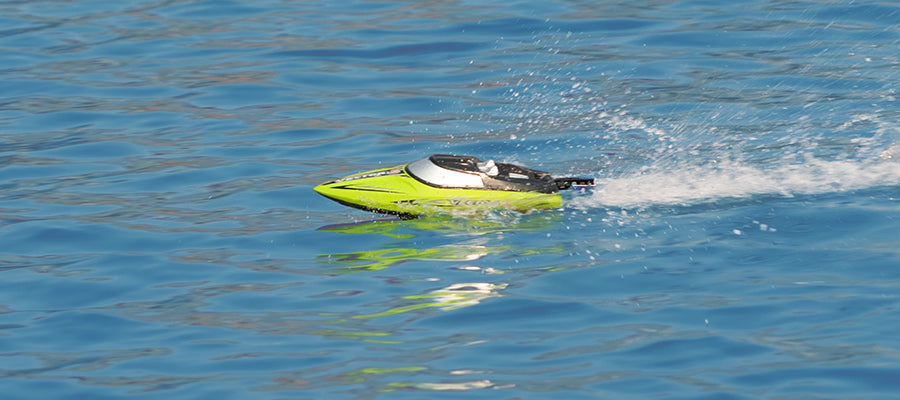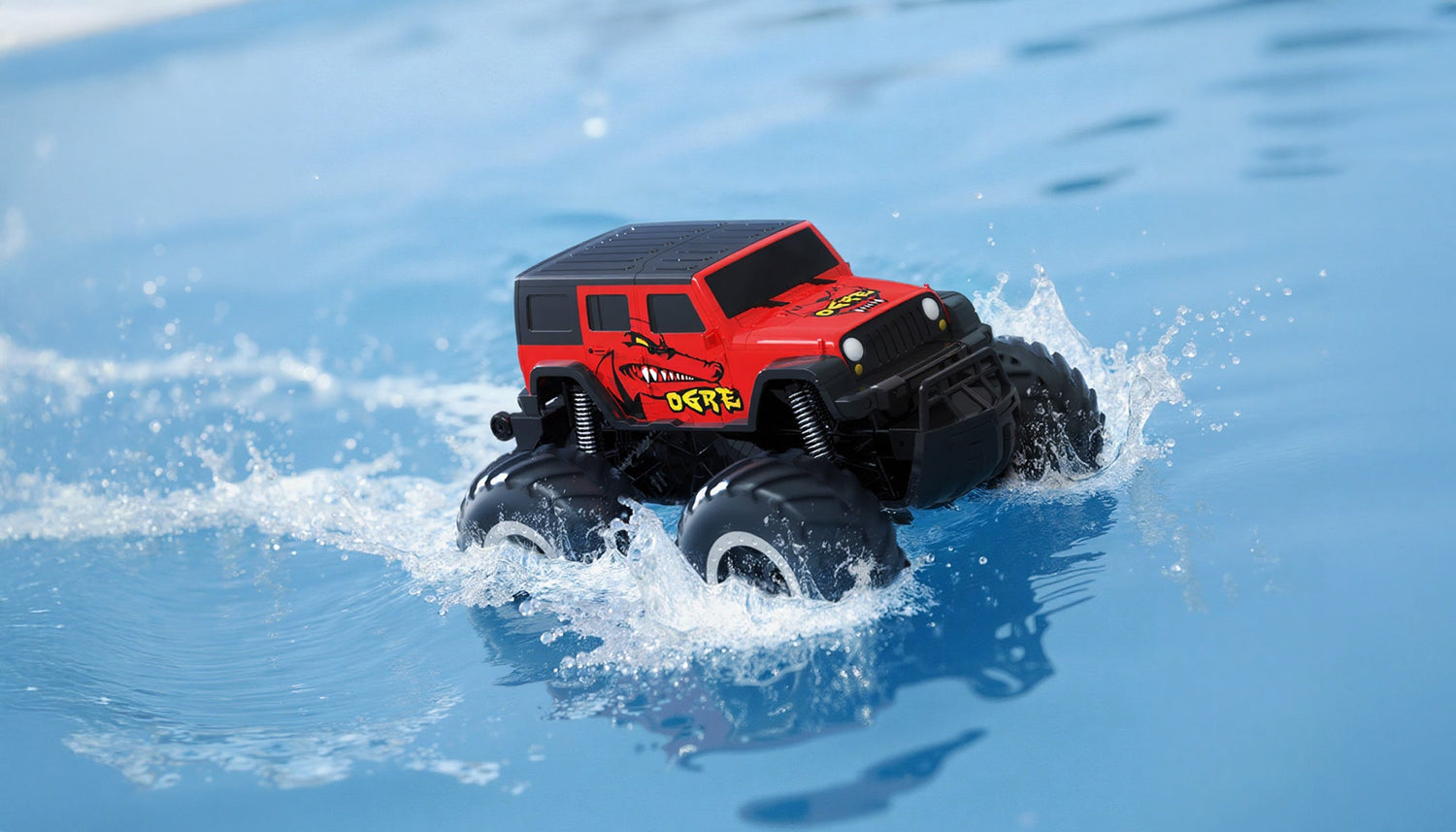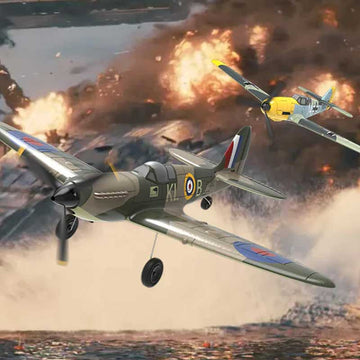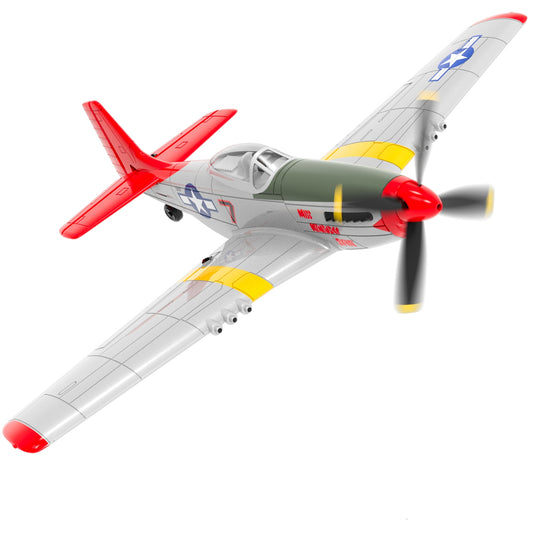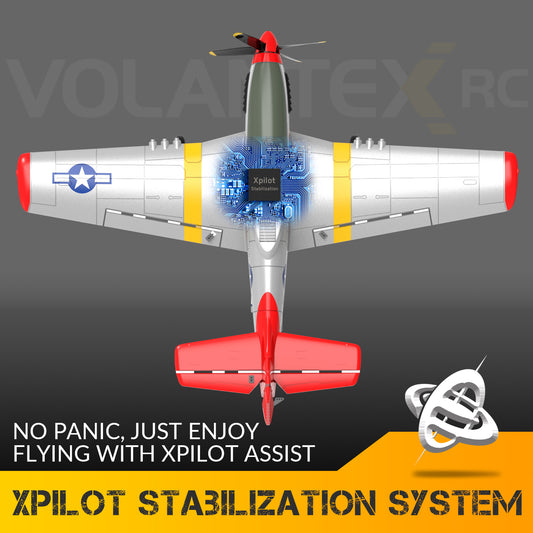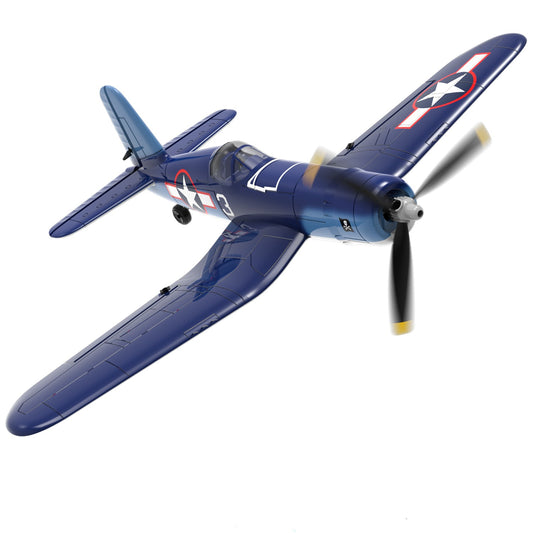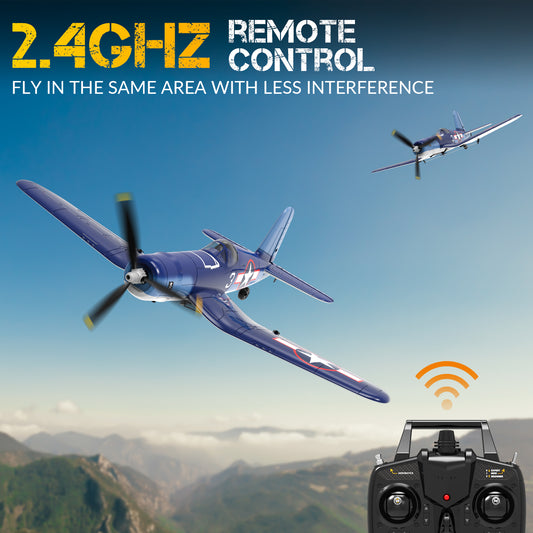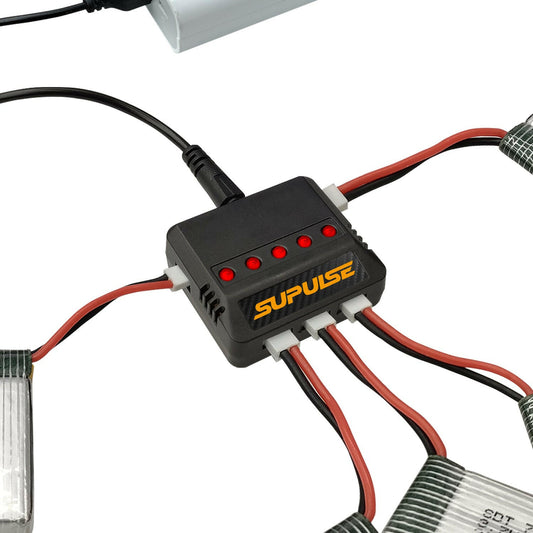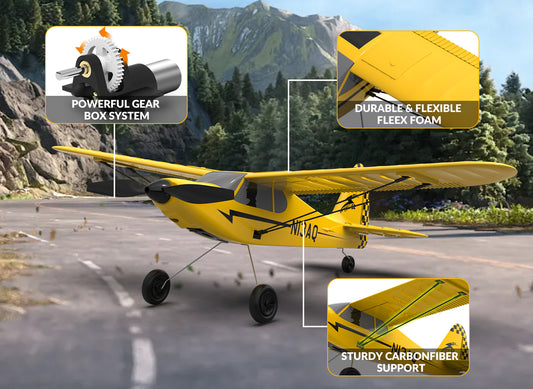Volantex RC flying involves evaluating aircraft up to and past their failure points. Crashing is an inevitable part of the hobby and it's important for pilots to not be afraid of it. Instead, they should be mentally prepared for potential emergency scenarios, depending on the aircraft they are flying.
Here are a few recommended actions for in-flight emergencies:
-
Call out "Emergency!" upon detecting a failure, such as a dead battery or failed servo, to notify others around you.
-
Assess the aircraft's condition and determine whether it is possible to avoid a crash or if a crash is inevitable. If the aircraft can be saved, maintain adequate airspeed and head for the nearest flat area away from people or property. If the airspeed is too low, keep the aircraft flat and do not attempt a final turn.
-
If the aircraft does not make it back to the runway, prepare for a walk to retrieve it. Bring your radio with you and toggle the Throttle Cut button to prevent further damage.
-
Hurry to the crash site to retrieve the battery, if it is an electric aircraft. Disconnect the battery and inspect it for damage.
-
Pick up the pieces, test the electronics, and dust yourself off.
-
Conduct a post-crash analysis to understand the cause of the crash and prevent future incidents.
Remember, crashing is part of the hobby and a valuable opportunity for learning. Use each crash as a teaching moment to improve your skills and keep yourself safe.


